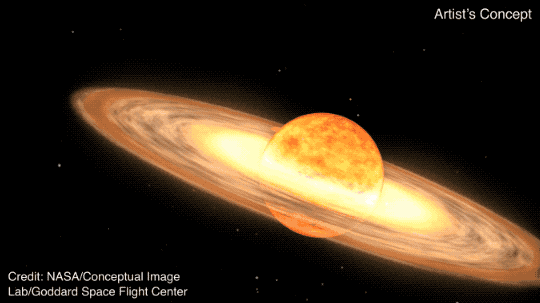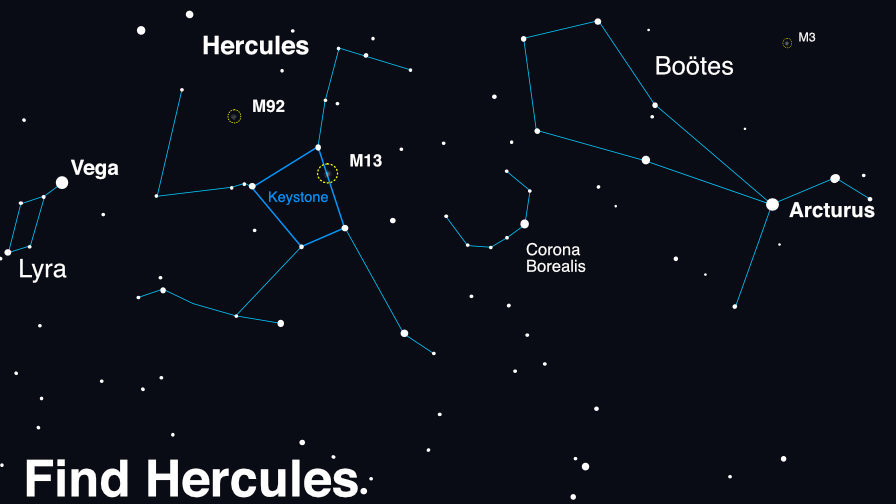A star system, located 3,000 light-years away from Earth, is predicted to become visible to the unaided eye soon. This could be a once-in-a-lifetime viewing opportunity as the nova ouburst only occurs about every 80 years. T Coronae Borealis, or T CrB, last exploded in 1946 and astronomers believe it will do so again between February and September 2024.

Credit: NASA’s Goddard Space Flight Center
The star system, normally magnitude +10, which is far too dim to see with the unaided eye, will jump to magnitude +2 during the event. This will be of similar brightness to the North Star, Polaris.
Once its brightness peaks, it should be visible to the unaided eye for several days and just over a week with binoculars before it dims again, possibly for another 80 years.
As we wait for the nova, become familiar with the constellation Corona Borealis, or the Northern Crown — a small, semicircular arc near Bootes and Hercules. This is where the outburst will appear as a “new” bright star.

Credit: NASA
This recurring nova is only one of five in our galaxy. This happens because T CrB is a binary system with a white dwarf and red giant. The stars are close enough that as the red giant becomes unstable from its increasing temperature and pressure and begins ejecting its outer layers, the white dwarf collects that matter onto its surface. The shallow dense atmosphere of the white dwarf eventually heats enough to cause a runaway thermonuclear reaction – which produces the nova we see from Earth.
Follow @NASAUniverse for updates about the outburst.
By Lauren Perkins
NASA’s Marshall Space Flight Center
